Pectin is a type of fiber found in many plant-based foods, known for its various health benefits. This natural thickener is present in numerous fruits and vegetables and plays a significant role in digestive health. Including plant-based foods rich in pectin in your diet can aid in digestion and overall well-being.
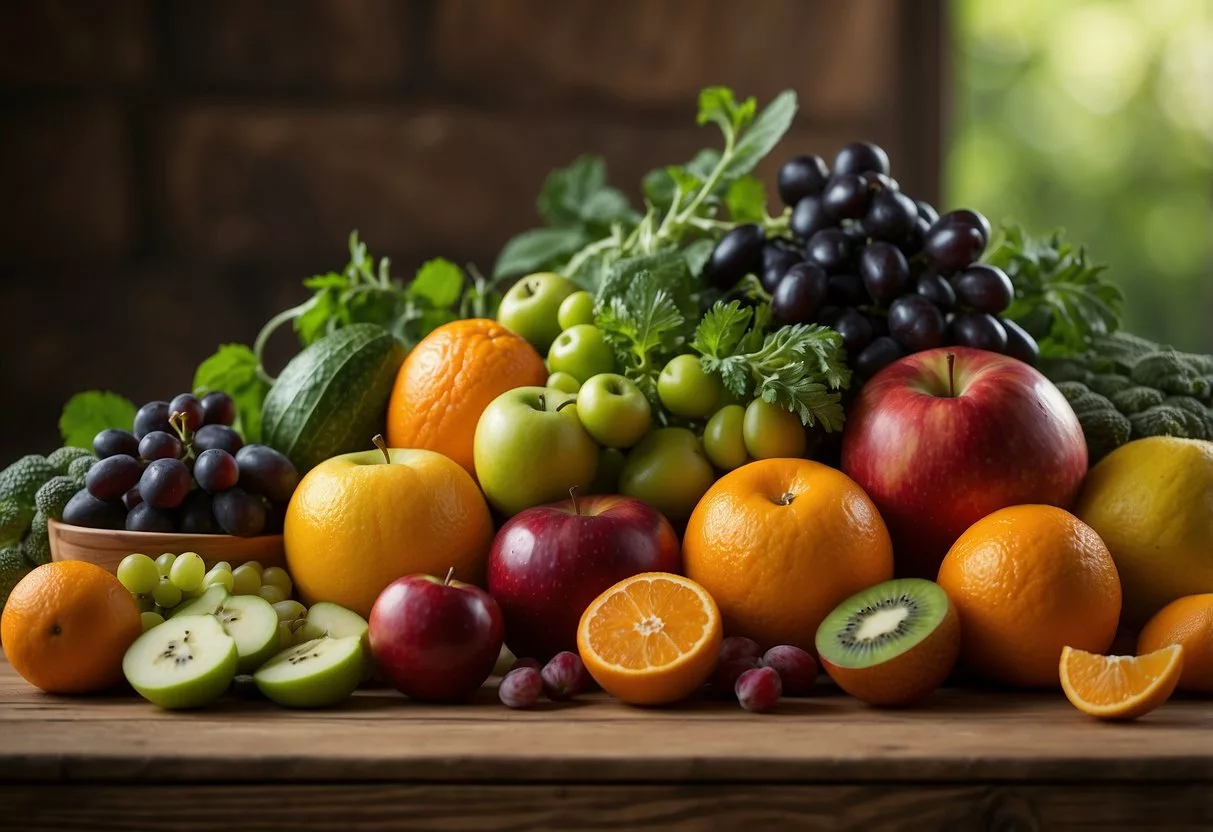
Exploring these foods can offer a natural way to boost your fiber intake. Not only are these foods beneficial for your gut, but they also provide essential nutrients that support your body’s daily functions. This article will introduce some plant-based foods that are notably high in pectin.
1) Apples
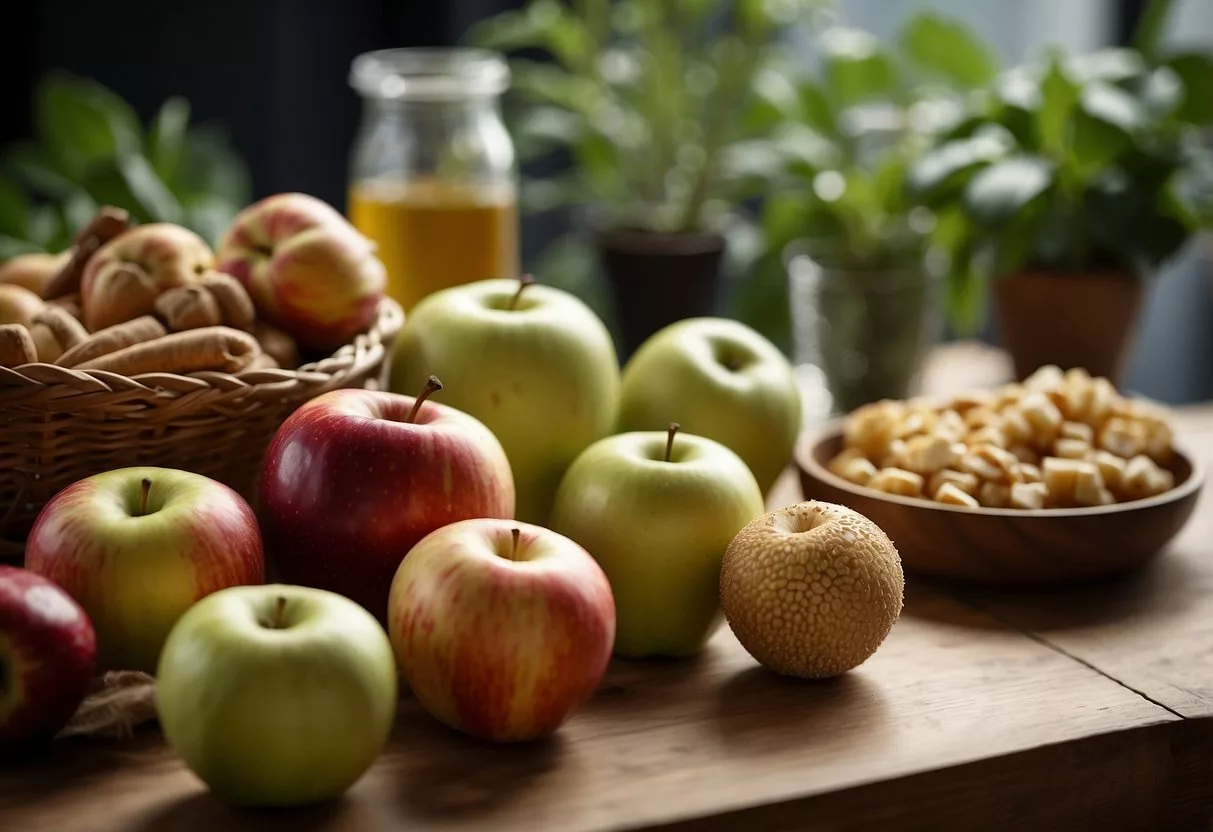
Apples are a well-known source of pectin, a type of fiber that offers various health benefits. They are widely available and come in many varieties such as Fuji, Gala, and Granny Smith.
Eating apples can help improve digestion thanks to their pectin content. Pectin acts as a prebiotic, which promotes the growth of beneficial bacteria in the gut.
Pectin from apples may also help regulate blood sugar levels. Some studies suggest that pectin can slow the absorption of sugar, making it easier to manage blood sugar spikes.
Apples can be eaten raw, cooked, or even baked into desserts like pies and crisps. Including them in your diet is an easy way to boost your pectin intake.
Finally, apples are versatile and can be added to a variety of dishes. Whether sliced into salads, stewed into sauces, or simply eaten as a snack, they are a tasty and nutritious way to add more fiber to your diet.
2) Citrus Fruits
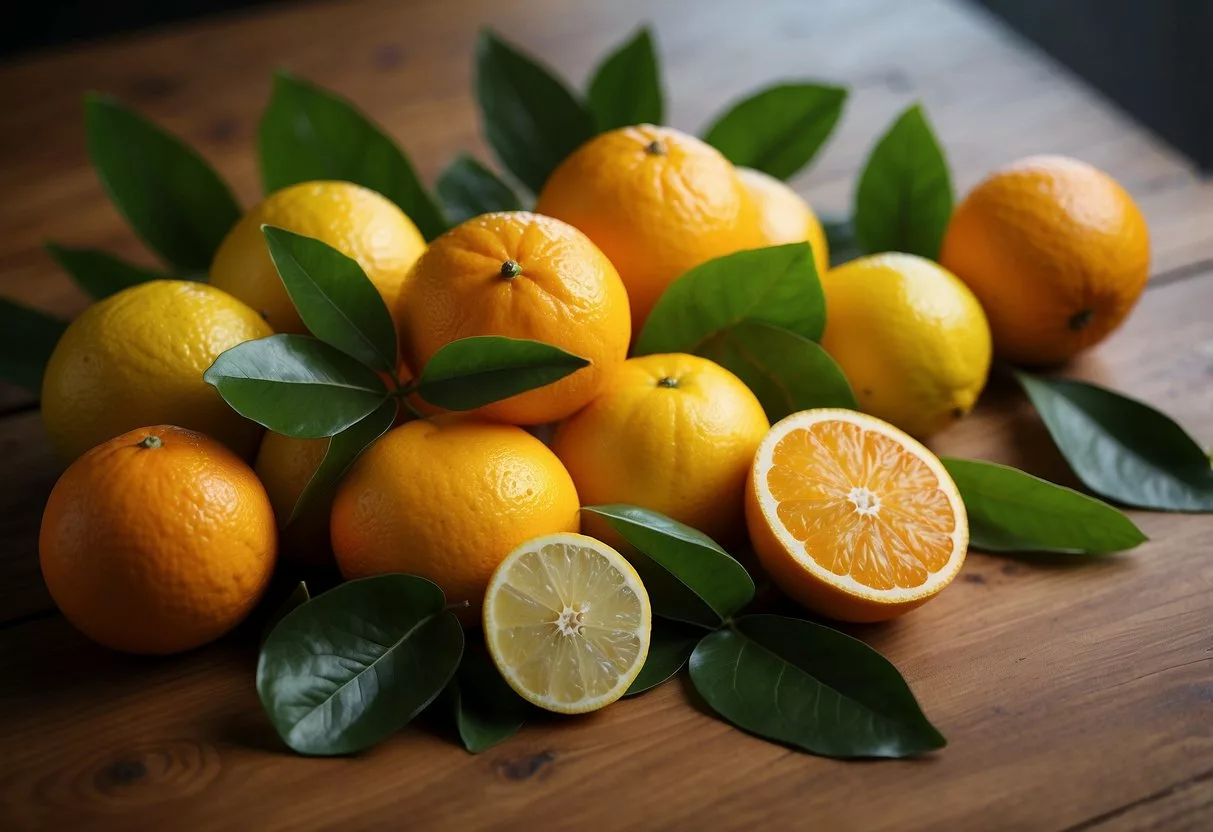
Citrus fruits like oranges, grapefruits, lemons, and limes are great sources of pectin. They are known for their tangy taste, making them a popular choice in many recipes.
Oranges are particularly high in pectin. Eating them or drinking their juice can add a good amount of this fiber to your diet.
Lemons and limes also contain a notable amount of pectin. They are commonly used in cooking and baking, adding both flavor and fiber.
Grapefruits, with their sweet and sour flavor, are another excellent option. They can be eaten fresh or juiced.
All these citrus fruits provide not only pectin but also vitamins and minerals. Incorporate them into your meals to benefit from the pectin content and enjoy their refreshing taste.
3) Carrots
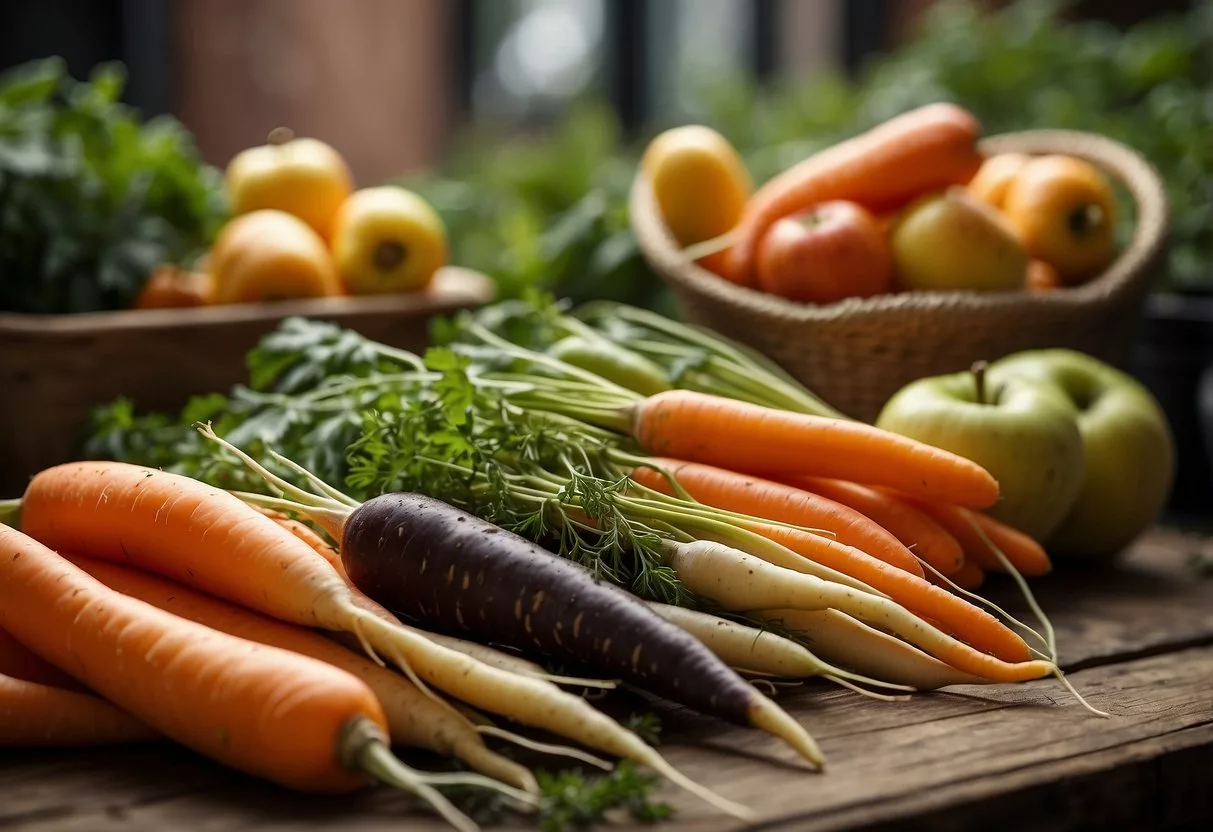
Carrots are a popular vegetable known for their vibrant color and sweet taste. They are also an excellent source of pectin, a type of soluble fiber. This fiber is important for maintaining a healthy digestive system.
In addition to pectin, carrots are rich in beta-carotene, which converts to vitamin A in the body. This vitamin is essential for good vision, immune function, and skin health.
Carrots can be eaten raw, cooked, or juiced. They are versatile and can be added to salads, soups, stews, and other dishes. Many people enjoy snacking on raw carrot sticks.
Incorporating carrots into your diet can bring numerous health benefits. Pectin in carrots helps improve digestion and may lower cholesterol levels. This can contribute to heart health.
For those looking to increase their pectin intake naturally, carrots are an easy and accessible option. They are available year-round and can be found in most grocery stores and markets.
Carrots also contain other important nutrients like potassium and antioxidants. These contribute to overall health and well-being, making carrots a valuable addition to a balanced diet.
4) Guavas
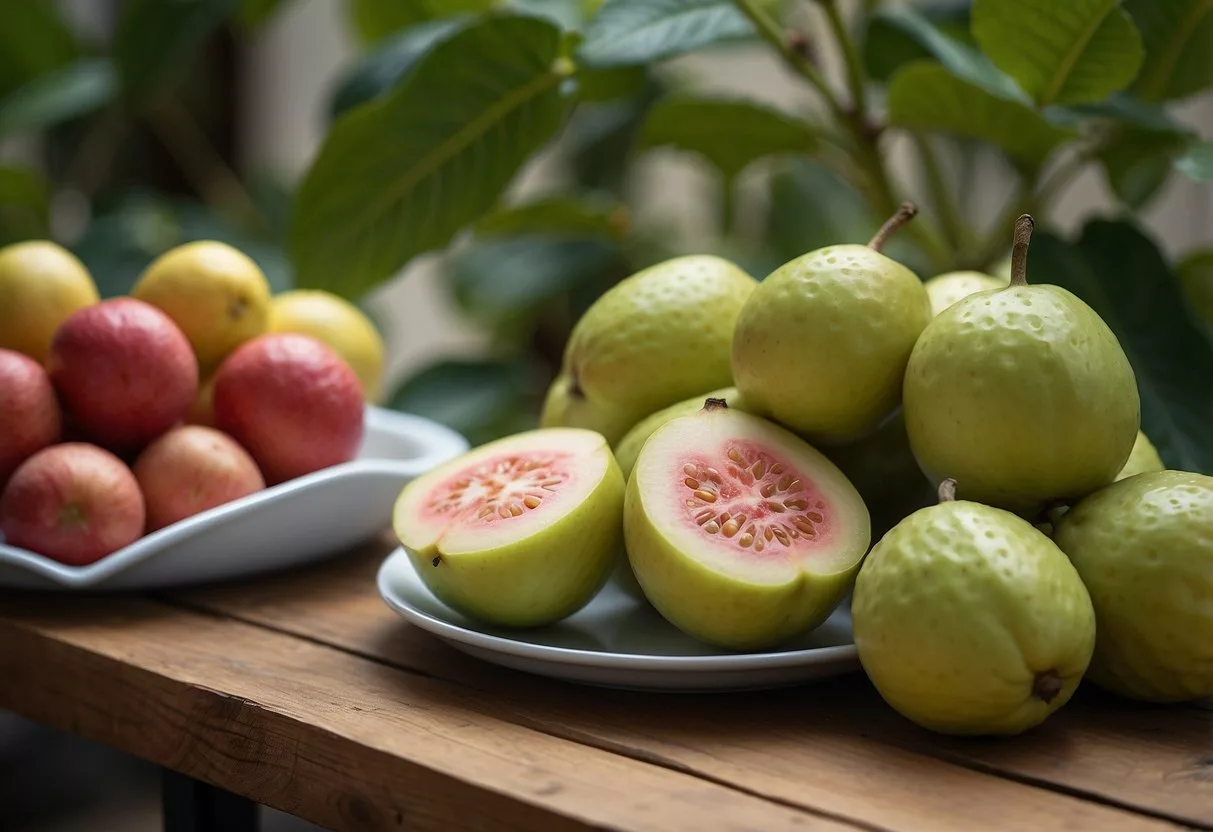
Guavas are an excellent source of pectin, a type of soluble fiber. Pectin helps to improve digestive health by promoting regular bowel movements.
This fruit is also known for its ability to support gut health. Guavas, when eaten with the peel, provide additional fiber and help to combat stomach acidity. This makes them beneficial for individuals with gastric or duodenal ulcers.
Not only does pectin aid digestion, but it also has anti-inflammatory properties. This can help reduce inflammation in the gut and other parts of the body. Including guavas in your diet is an easy way to increase your daily pectin intake.
Given their high fiber content, guavas can also help manage blood sugar levels. They are a great choice for those looking to maintain a healthy diet.
5) Apricots

Apricots are a great source of pectin. This fruit, often enjoyed fresh or dried, contains significant amounts of this helpful fiber. Pectin in apricots aids digestion and contributes to overall gut health.
Eating apricots with their skin intact helps maximize pectin intake. The skin holds much of this valuable fiber, adding to the fruit’s benefits.
Apricots can be included in various dishes. They can be added to cereals, salads, or desserts, making it easy to incorporate more pectin into one’s diet. This flexibility makes apricots a practical choice for those looking to boost their fiber intake naturally.
6) Plums
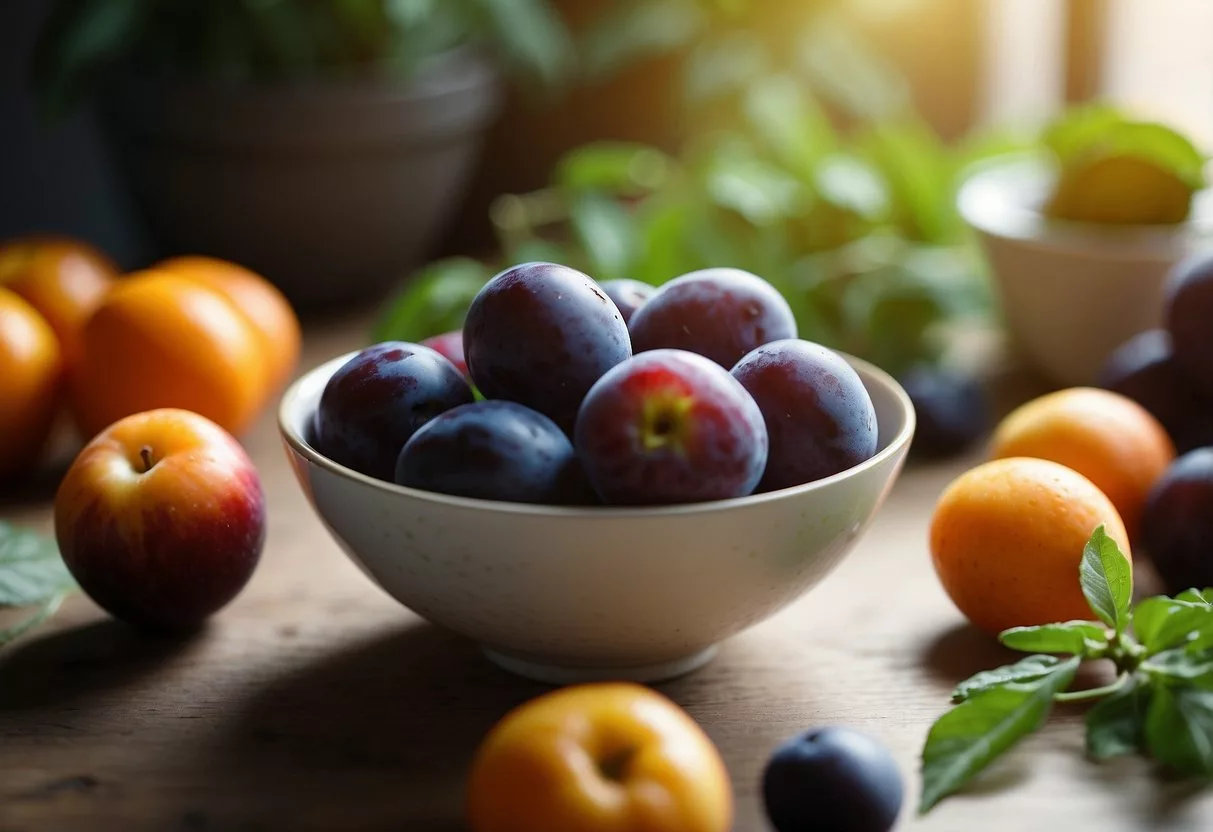
Plums are a delicious fruit that are rich in pectin. This soluble fiber helps to improve digestion and maintain gut health.
In addition to pectin, plums are packed with vitamins and minerals like vitamin C, vitamin K, and potassium. These nutrients support overall health and well-being.
Plums can be enjoyed fresh, dried as prunes, or even cooked into dishes. They add a sweet and tart flavor to recipes, making them a versatile ingredient. Incorporating plums into the diet can help to increase daily fiber intake.
Pectin in plums may also help to lower cholesterol and control blood sugar levels. This makes them a great choice for managing heart health and diabetes.
7) Raspberries
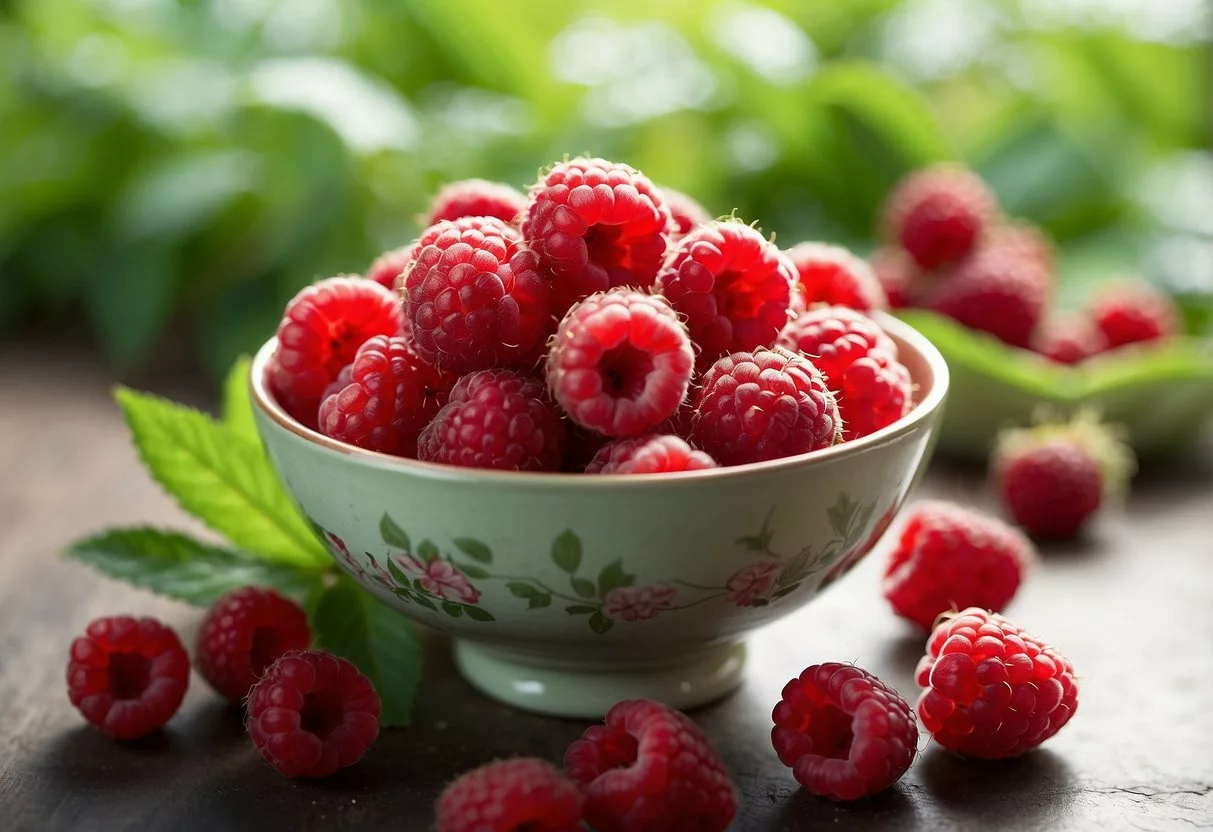
Raspberries are an excellent source of pectin, a type of fiber known for its health benefits. They are particularly high in this fiber, making them a great addition to a plant-based diet focused on gut health.
These berries are also packed with vitamins and antioxidants. They provide vitamin C, which supports the immune system, and antioxidants that can help reduce inflammation.
Including raspberries in the diet is simple. They can be eaten fresh, added to smoothies, or used as a topping for cereals and yogurt. Their natural sweetness makes them a versatile ingredient in many dishes.
Beyond pectin, raspberries offer other nutrients like manganese and dietary fiber. These nutrients contribute to bone health and digestion. Incorporating raspberries into daily meals can support overall wellness.
8) Blackberries
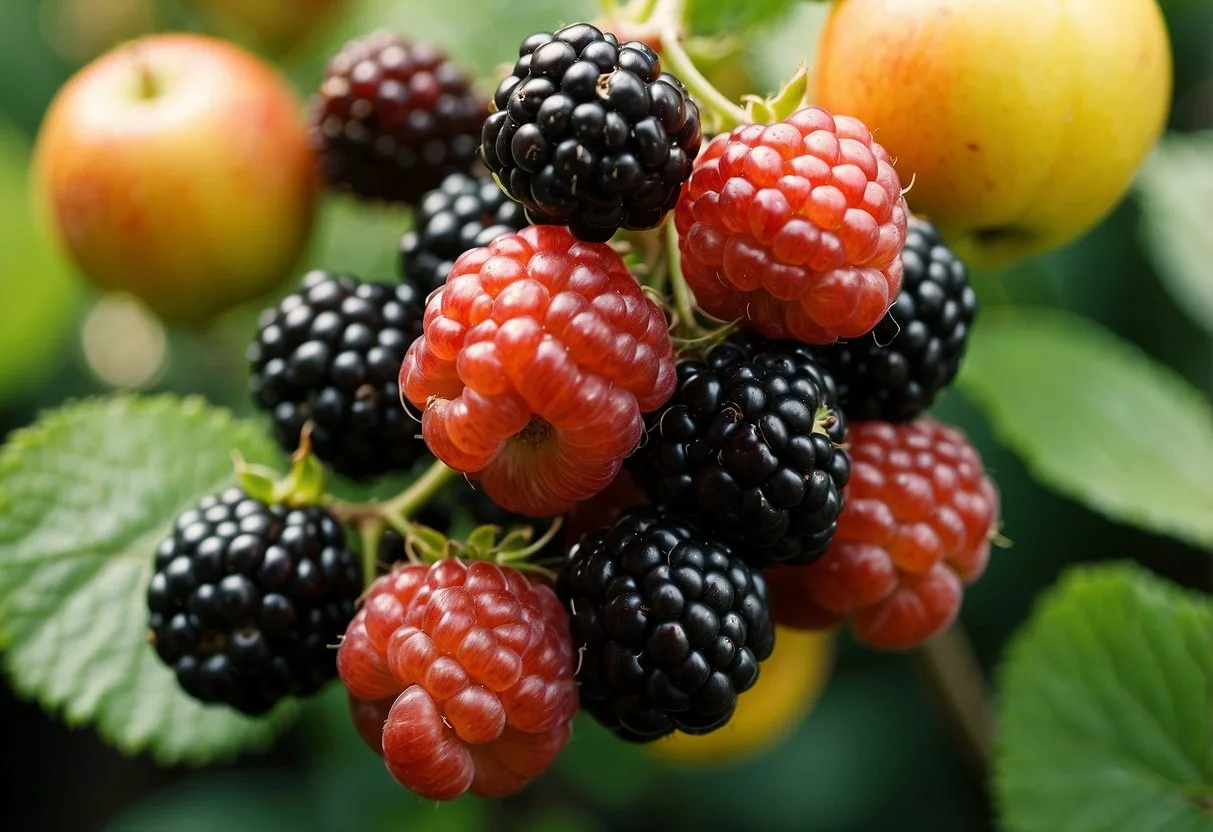
Blackberries are a great source of pectin. This natural fiber is found in the cell walls of the fruit, helping to keep them firm and juicy.
Eating blackberries can help boost your fiber intake. This can aid digestion and promote gut health. They can be enjoyed fresh, in smoothies, or as a topping on yogurt or oatmeal.
Their dark color also hints at other nutrients. Blackberries are rich in antioxidants. These compounds can help protect the body from damage by free radicals.
For those looking to increase their pectin consumption, blackberries are a versatile and tasty option. You can even use them to make homemade jams and jellies.
Learn more about blackberries’ high pectin content here.
9) Quince
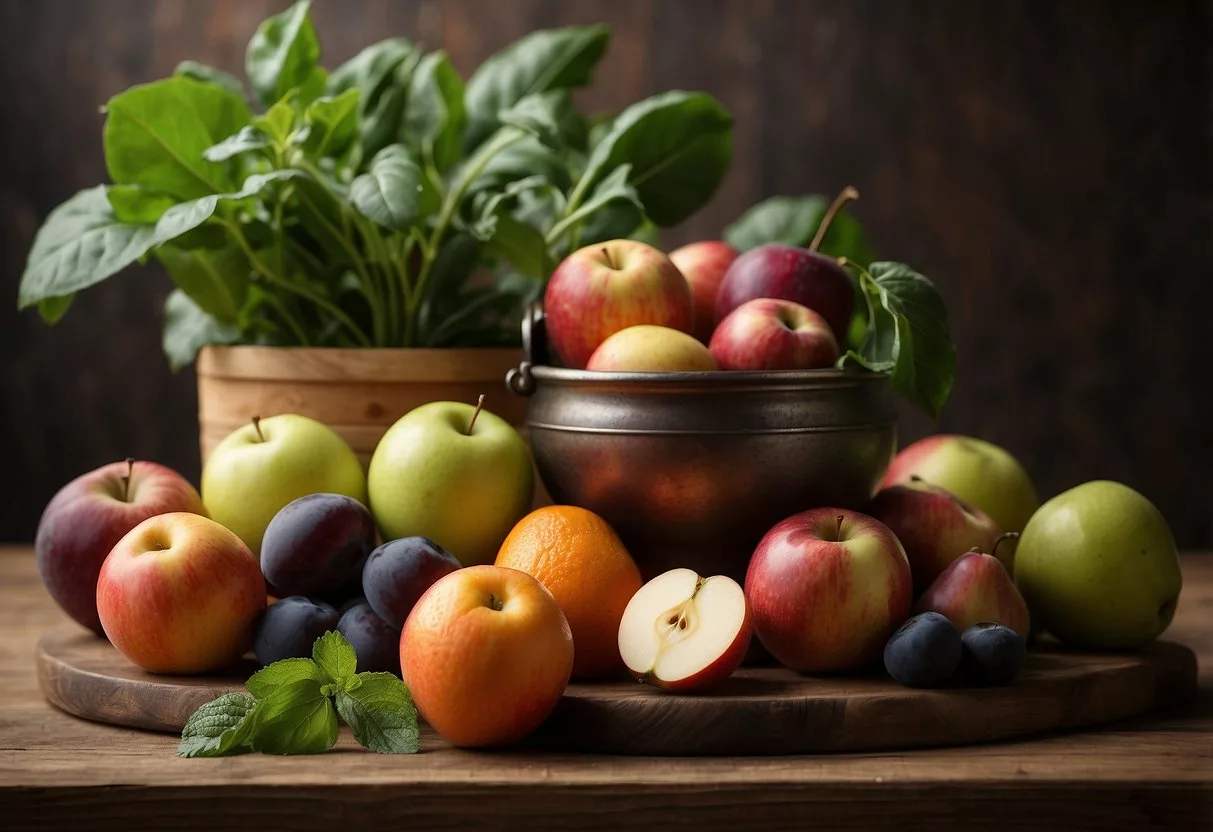
Quince is a fruit known for its high pectin content. Pectin is a type of fiber that can help with digestion and reduce inflammation. Quince has a firm texture and is often cooked or made into jams and jellies.
Quince’s natural pectin helps in thickening recipes without needing additional thickeners. This makes it a great option for those looking to prepare homemade jams or preserves.
Quince is also rich in vitamins and minerals. It contains vitamin C, which supports the immune system, and copper, which helps in forming red blood cells. Its antioxidant properties can help fight free radicals in the body.
Including quince in one’s diet is easy. It can be poached, stewed, or baked. These methods release the pectin, making it a good addition to desserts and sauces. Its slightly tart flavor pairs well with sweet and savory dishes alike.
Due to its high pectin content, quince stands out among other fruits. It’s a versatile and nutritious option for those wanting to increase their pectin intake naturally. Learn more about quince and other pectin-rich foods at Livestrong.
Understanding Pectin

Pectin is a plant-derived fiber known for its gelling properties and numerous health benefits. This section explores what pectin is and its potential advantages for your health.
What is Pectin?
Pectin is a complex carbohydrate, specifically a polysaccharide, found in the cell walls of many fruits and vegetables. It serves as a gelling agent, widely used in the production of jams, jellies, and other food products. Fruits like apples, bananas, peaches, raspberries, and blackberries are particularly high in pectin. Vegetables such as green beans, carrots, and potatoes also contain significant levels of this fiber.
Pectin works by forming a gel-like consistency when combined with water and acid, making it useful in cooking and food processing. Its natural origin makes it suitable for vegans and those seeking healthy dietary options.
Health Benefits of Pectin
Pectin is known for its positive impact on digestive health. It acts as a prebiotic, feeding beneficial gut bacteria and promoting healthy digestion. Additionally, pectin can help with blood sugar regulation by slowing the absorption of sugar, which is beneficial for diabetic patients.
Furthermore, pectin has cholesterol-lowering properties as it binds to cholesterol in the digestive tract, preventing its absorption. This helps in maintaining heart health. Pectin also has anti-inflammatory effects, which can contribute to overall longevity and wellness. Some studies suggest that pectin may support weight loss by promoting a feeling of fullness.
Including high-pectin foods like apples, citrus fruits, and carrots in your diet can help you reap these health benefits.
Incorporating Pectin-Rich Foods into Your Diet
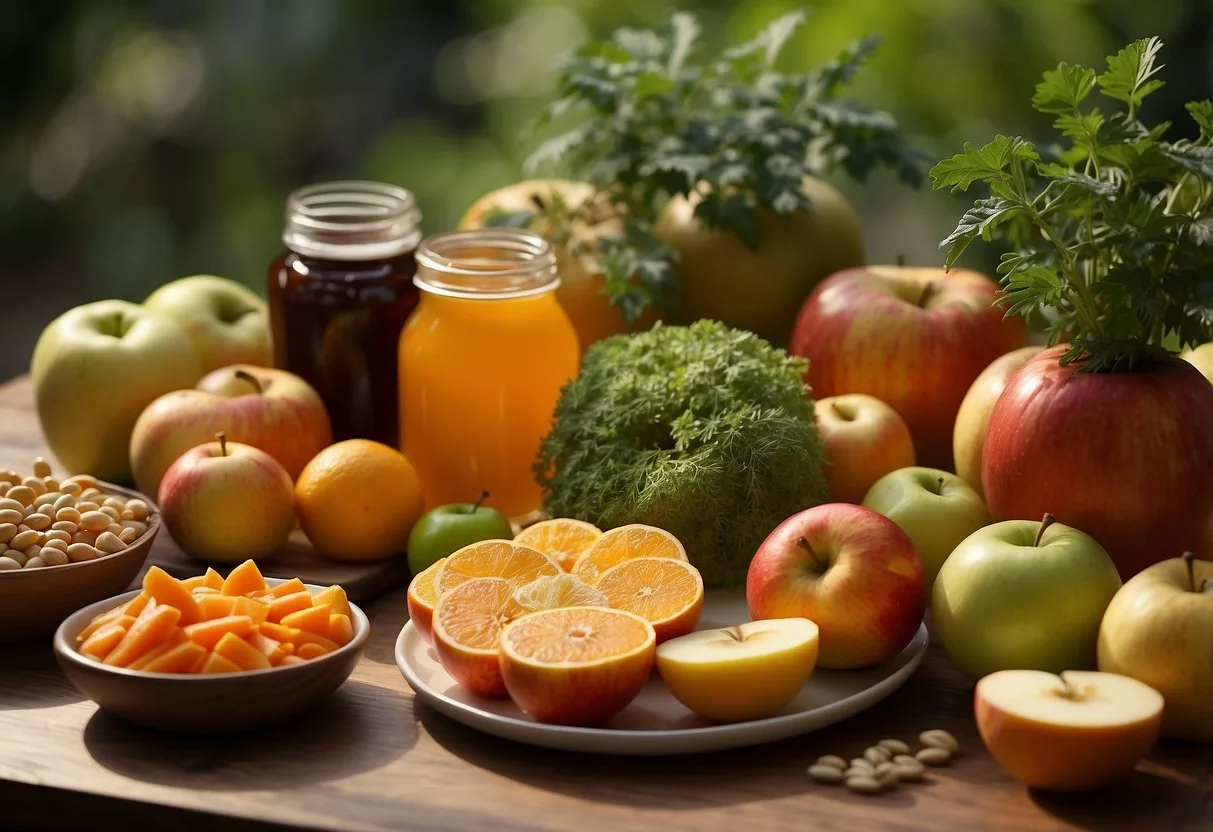
Adding pectin-rich foods to your meals can boost your fiber intake and help with digestion, heart health, and managing weight. This section provides creative recipes and daily tips for eating more pectin-rich foods.
Creative Recipe Ideas
Incorporate apples into your diet by making a fresh apple salad. Slice crisp apples and toss them with spinach, walnuts, and a light vinaigrette.
Bananas are great for baking. Try making banana muffins or banana bread for a tasty treat that’s also rich in pectin.
Berries are another fantastic option. Blend strawberries, blueberries, and raspberries into a smoothie. Use almond milk or yogurt for added creaminess.
Citrus fruits, like oranges and grapefruits, can be used in salads. Toss them with leafy greens and a citrus vinaigrette for a refreshing meal.
For a savory option, cook a chutney using citrus fruits and apples. This can be a perfect condiment for grilled meats or a sandwich spread.
Daily Consumption Tips
Start your day with a fruit smoothie. Include fruits high in pectin, like apples and bananas, for a fiber-rich breakfast.
Snack on raw fruits between meals. Keep an apple or an orange handy for a healthy, quick snack.
Add fruit to your meals. Top your breakfast cereal with sliced bananas or mix berries into your yogurt.
Use fruit spreads made with natural pectin on whole-grain toast. They are a delicious and healthy alternative to sugary jams.
When cooking, consider adding fruits into your dishes. Prepare a pectin-rich fruit sauce to serve over dessert or even grilled meats for extra flavor.
Frequently Asked Questions
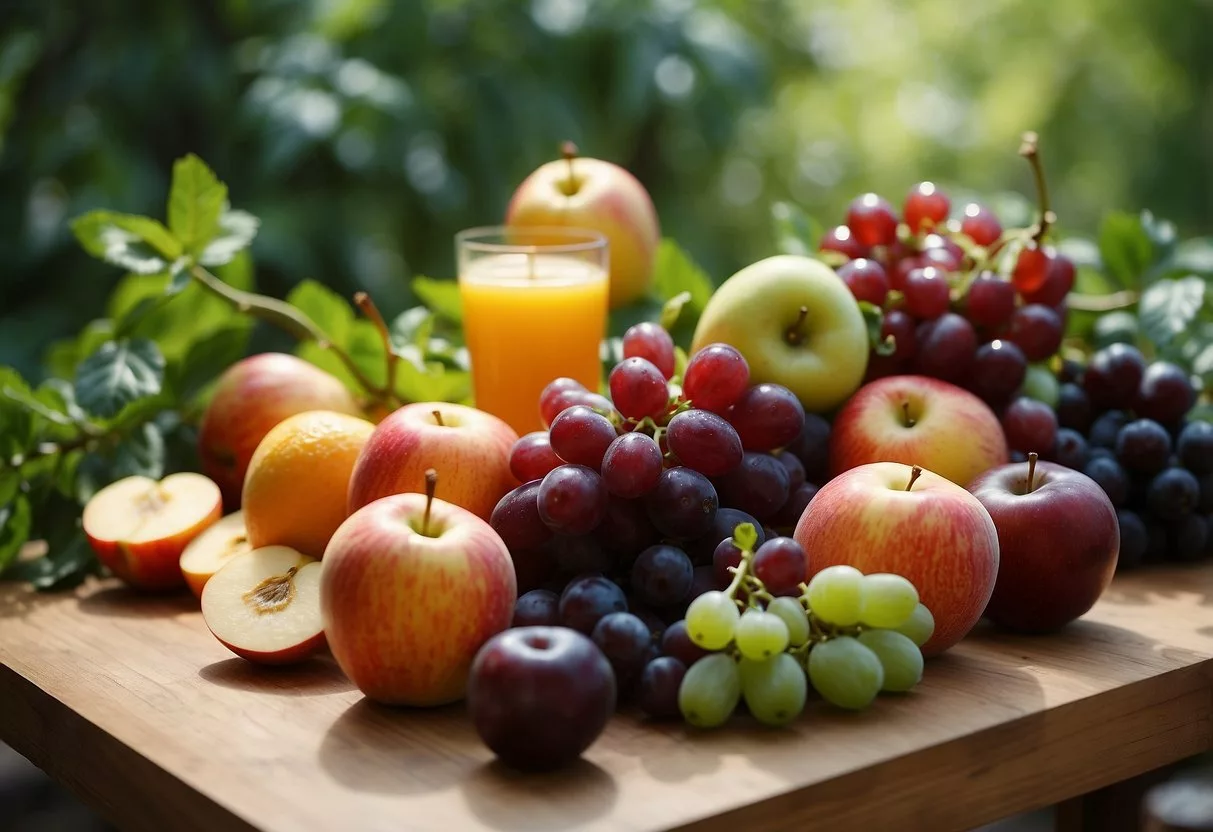
Pectin is found in various fruits and vegetables, and it provides numerous health benefits including aiding digestion and supporting heart health. Below are answers to common questions related to pectin-rich foods.
What vegetables are particularly high in pectin?
Carrots are a notable vegetable that contain high levels of pectin. Including carrots in your diet can boost your intake of this beneficial fiber.
How might pectin-rich foods benefit overall health?
Pectin supports digestive health and can help regulate blood sugar levels. It also promotes heart health by lowering cholesterol levels. People who consume pectin-rich foods regularly might notice improvements in their overall well-being.
Can pectin be a beneficial aspect of a plant-based weight loss diet?
Yes, pectin can aid weight loss by making you feel full longer, reducing overall calorie intake. It also helps in maintaining stable blood sugar levels, which can reduce cravings and promote healthier eating habits.
Which fruits are considered top sources of dietary pectin?
Apples and citrus fruits like oranges, lemons, and grapefruits are high in pectin. Guavas and apricots are also rich in this fiber, making them excellent choices for a pectin-boosted diet.
Are there any adverse effects associated with consuming pectin?
Generally, pectin is safe for most people. However, consuming too much might cause minor digestive issues like bloating or gas. It’s always good to increase fiber intake gradually and drink plenty of water.
What are some effective ways to include more pectin in a plant-based diet?
Incorporate more apples, citrus fruits, and carrots into your meals. Smoothies, salads, and snacks like apple slices and carrot sticks can be easy and delicious ways to consume more pectin.